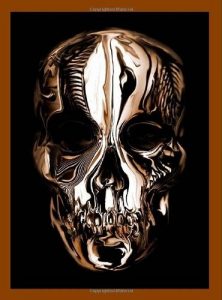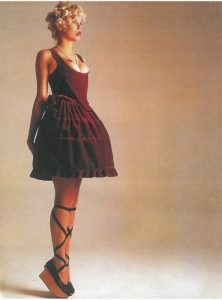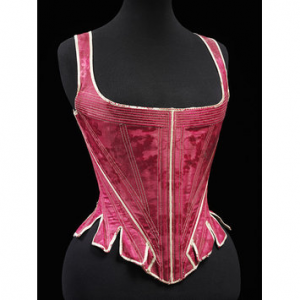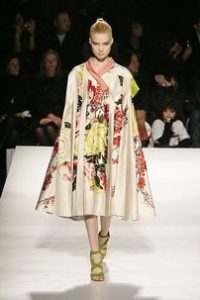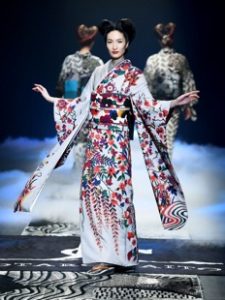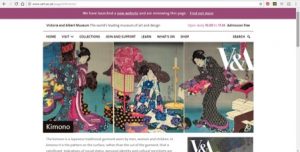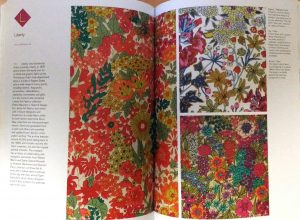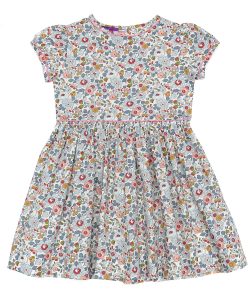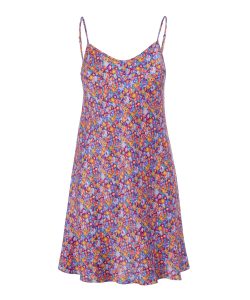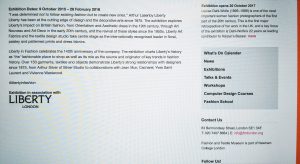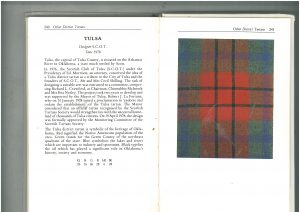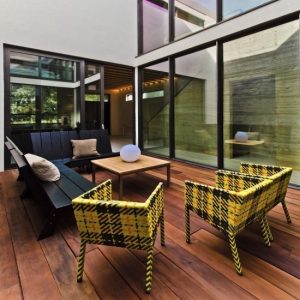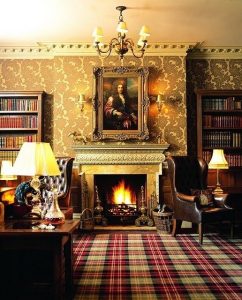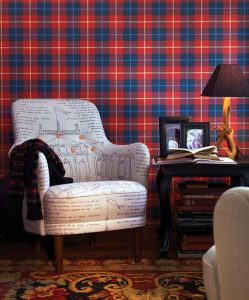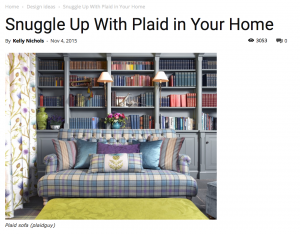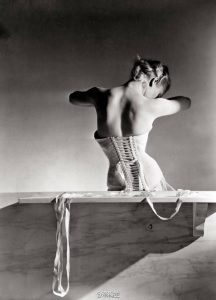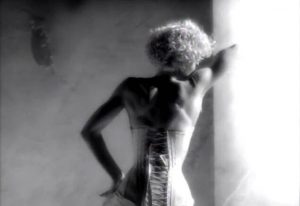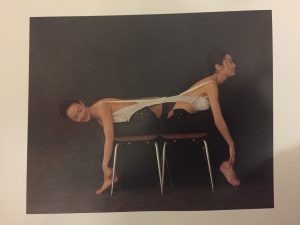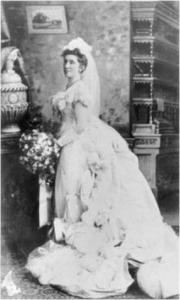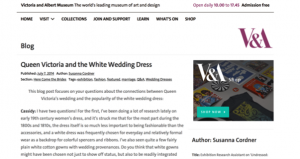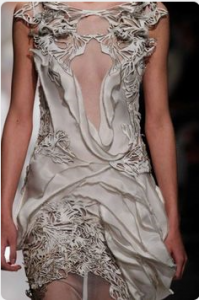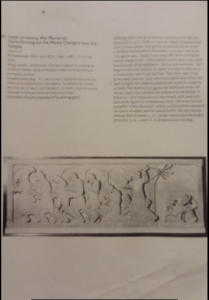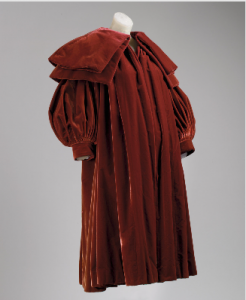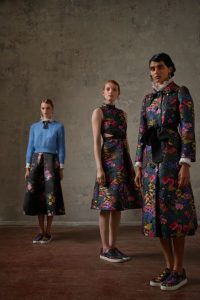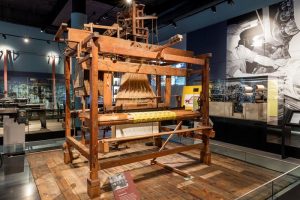
Photograph of a woman wearing Oliver Theyskens’ ready to wear collection 1998 in the book ‘The Belgians an unexpected fashion story ‘ page 12, photographer unknown

The real garment in the performance 1998

Taylor Swift’s Gothic zombie look in ‘What You Made Me Do’ Music Video

Online article about the origin of the Gothic style by the Victoria and Albert Museum http://www.vam.ac.uk/content/articles/t/the-gothic-style/
The research began by searching books from the library website. However, instead of picking the book that was originally chosen, the book ‘The Belgians an unexpected fashion story ‘ which was right next to the chosen one, appears more eye-catching of its design. After a short flip, my attention was clutched by Oliver Theyskens’ work. The rough texture, the vintage shade, the natural drape, the pasty looking modal and the relation between the garment and a giraffe all made me consider the meaning behind this garment and the inspiration of the designer.
The book doesn’t provide much information about the work or the artists, therefore I moved from the book to an online Vogue article about the actual catwalk show wrote by Laird Borrelli-Persson. She described the show as ‘ intended as a visual calling card’ and she thought that the show has an “out of the tomb” vibe. The author focused on the fabric of Theyskens’ work Then moved on to some interesting details of the appearance and the style then she finished the article in-depth with the concept and the influence of the idea:
“Though the collection was dubbed ”gothic ” by Vogue, the designer says that at the time he loved to look at Florentine studies of anatomy, as well as the 17th and 18th centuries and also the end of the 19th century, with its beads and lace. ”I was just putting together all these passions. I was also discovering how to do voluminous garments, it as the first collection where I put trains on the dresses. When I look back, some of the charms of this collection is that I can tell how much I’m trying different types of things as a discoverer or explorer, I was really doing things mostly for the first time.”[1]
It’s surprising to found out how this vintage style garment can link to ‘gothic’ or even anatomy. Referring to the topic ‘gothic’, It reminds me the image of Taylor Swift’s zombie look in her new song video: dirty pale blue dress with messy hair and creepy makeup. Similarly, the two garment both creates an old and uncomfortable vibe and the structure or the shape of the clothing are both simple. In contrast, instead of a pathway mocking and revealing the truth, Oliver Theyskens’ collection demonstrates directly of his intention and creativity to the audience.
Finally, I went to search for the origin of gothic style, it is said that ”In the area around Paris known as the Ile-de-France, a new style of art developed. Because of its supposedly Germanic character, this style was called ‘Gothic’, first by 16th-century Renaissance writers and again by 19th-century historians.”[2] Except from this point, I couldn’t find any more relative information on the website. In conclusion, the usage of the online source could be quite helpful to improve the research, although it might be slightly hard to distinguish between reliable and unreliable resources.
Reference and bibliography
[1]https://www.vogue.com/fashion-shows/fall-1998-ready-to-wear/olivier-theyskens
[2]http://www.vam.ac.uk/content/articles/t/the-gothic-style/
[3]https://www.youtube.com/watch?v=21t3MvQ-UGc&t=190s
[4]https://www.google.co.uk/search?q=gothic&safe=strict&rlz=1C1KMZB_enGB540GB717&source=lnms&tbm=isch&sa=X&ved=0ahUKEwiyo_2-nfvWAhVCNhoKHTavB8cQ_AUICigB&biw=1366&bih=662
[5]https://www.pinterest.co.uk/search/pins/?q=goth%20fashion&rs=guide&term_meta[]=goth%7Ctyped&add_refine=fashion%7Cguide%7Cword%7C0


